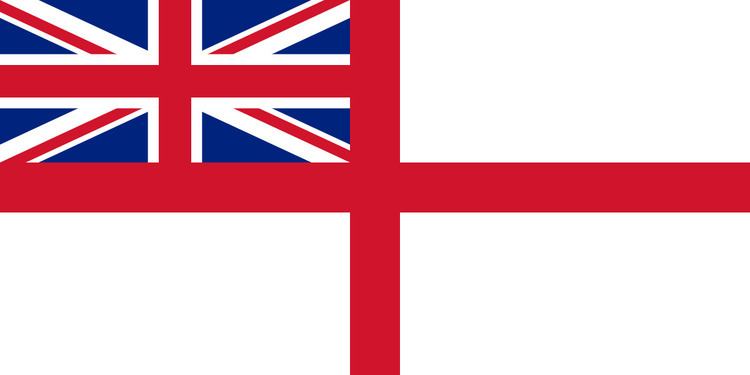 | ||
Member of Defence Council
Admiralty Board Reports to Chief of the Defence Staff Nominator Secretary of State for Defence Appointer Prime Minister
Subject to formal approval by the Queen-in-Council Term length Not fixed (typically 4–5 years) Inaugural holder John Fisher, 1st Baron Fisher | ||
The First Sea Lord and Chief of Naval Staff (1SL/CNS) is the professional head of the United Kingdom's Royal Navy and the whole Naval Service; originally the title was the First Naval Lord. The concept of a professional "First Naval Lord" was introduced in 1805, and the title of the First Naval Lord was changed to "First Sea Lord" on the appointment of Sir Jackie Fisher in 1904. From 1923 onward, the First Sea Lord was a member of the Chiefs of Staff Committee; he now sits on the Defence Council and the Admiralty Board.
Contents
The current First Sea Lord is Admiral Sir Philip Jones (appointed in April 2016). The flagship of the First Sea Lord is HMS Victory.
History
Lords High Admiral were appointed from the 15th century until the 18th, and Lords Commissioners of the Admiralty from the 17th century, as the governors of the English and later British Royal Navy. From 1683 to 1684, there were seven paid Commissioners and one supernumerary Commissioner who served without salary. The number varied between five and seven Commissioners through the 18th century. The standing of all the Commissioners was in theory the same, although the First Commissioner or First Lord exercised an ascendancy over his colleagues from an early date.
In 1805, for the first time, specific functions were assigned to each of the 'Naval' Lords, who were described as 'Professional' Lords, leaving to the 'Civil' Lords the routine business of signing documents. The title of the First Naval Lord was changed to First Sea Lord on the appointment of Sir Jackie Fisher in 1904. In 1917, the First Sea Lord was designated as "Chief of the Naval Staff". From 1923 onward, the First Sea Lord was a member of the Chiefs of Staff Committee; and from 1923 to 1959 in rotation with the representatives of the other services (the Chief of the Imperial General Staff and Chief of the Air Staff) would serve as the chairman of that committee and head of all British armed forces. The title was retained when the Board of Admiralty was abolished in 1964 and its functions integrated into the Ministry of Defence.
Under the current organisation, the First Sea Lord sits on both the Defence Council and the Admiralty Board.
Fictional First Sea Lords
In John Buchan's novel, The Thirty-Nine Steps (1915), the First Sea Lord is named as Lord Alloa, an impostor of whom Richard Hannay recognizes at a meeting as a spy and recent pursuer of his. Hannay describes Lord Alloa as recognizable from news pictures for his "beard cut like a spade, the firm fighting mouth, the blunt square nose, and the keen blue eyes...the man, they say, that made the New British Navy". The real First Sea Lord at the time the story is set (early summer 1914) was Prince Louis of Battenberg, coincidentally also bearded.
